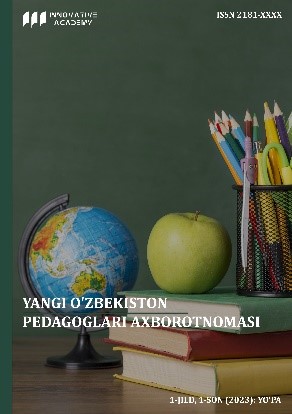THE BENEFITS OF STORIES IN TEACHING ADULT AND TEENAGE LEARNERS
Main Article Content
Аннотация:
This article focuses on the importance and effectiveness of using stories in teaching foreign languages to adults and teenage learners. Several ways and techniques in order to modify stories into teaching process are offered.
Article Details
Как цитировать:
Библиографические ссылки:
Berman, M. (2006 ). The art of storytelling. Retrieved July 15, 2006, from www.developingteachers.com/articles_tchtraining/stpf_michael.htm
Berman, M. (2006). Ways of using stories in an ELT classroom. Retrieved July 15, 2006, from www.thestoryteller.org.uk/article.htm
Deacon, B. & Murphey, T. (2001). Deep impact storytelling. English Teaching Forum, 39 (4), pp. 10-15
Hughes, K. & Hughes, T. (1999). Oh, the tales you’ll tell! English Teaching Forum, 37 (2), pp. 27-28.
McWilliams, B. (1998). Effective Storytelling. A manual for beginners. Retrieved October
15, 2005, from http://www.eldrbarry.net/roos/eest.htm
Morgan, M. & Rinvolucri, M. (1983). Once upon a time: using stories in the language classroom. New York: Cambridge University Press.
Pedersen, E. M. (1995). Storytelling and the art of teaching. English Teaching Forum, 33 (1), pp. 2-5.
Smallwood, B. (2003). Thematic literature and curriculum for English language learners in early childhood education. Retrieved October 30, 2005, http://ericdigests.org/20034/ece.html
Wright, A. (1995). Storytelling with children.Oxford: Oxford University Press

